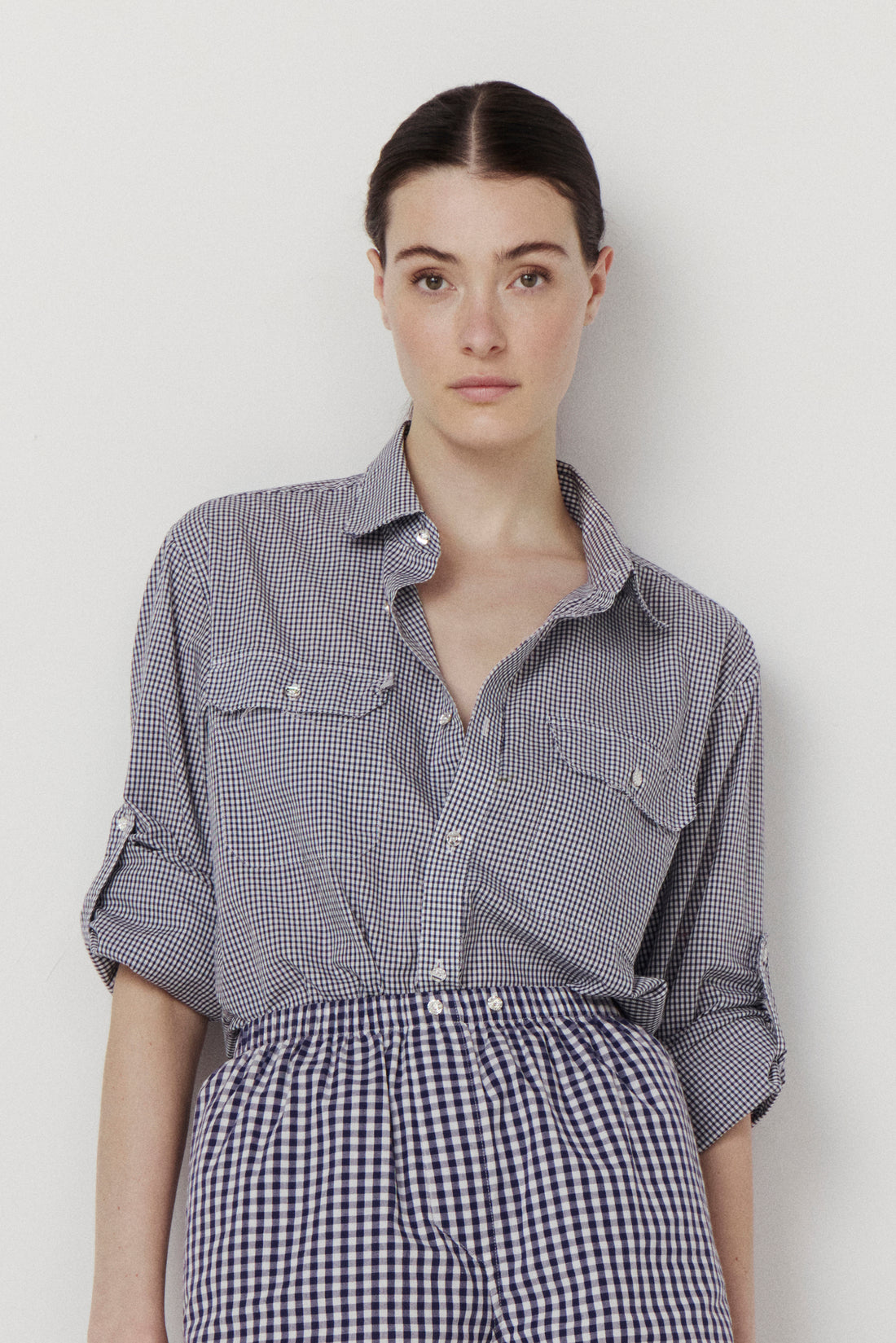
Obama in a shirt with a pocket.
Let’s start with the word: before pockets there were pouches. In fact, the word pocket is derived from the Old French word “poke” or “pouque” which means pouch. In essence, these were removable pockets. As early as the 14th century, pouches were fastened by string or a belt (or waist girdle) for women and for men.

The size varied with the work or needs of the wearer; some could only fit a key, coin, or handkerchief and others could carry bigger items like eating utensils. Eventually, in order to be out of sight of thieves, pouches were discreetly worn between layers of a dress, under petticoats, and inside jackets and vests. Pockets first became a built-in feature in men’s clothing only. As early as the 1600s, men’s pants, jackets, and vests featured pockets sewn into a seam.

Meanwhile, women continued to have external methods of storage. In the 1800s and the Regency era, empire dresses had light layers that skimmed the body and no waist. Thus, women began to carry reticules, which were tiny ornate pouches with a drawstring closure to be worn around the wrist. Unbelievably, pockets in women’s clothing (not yet on shirts) did not become a standard until the 1910s and World War I when women were expected to work and trousers became socially accepted. With the end of the Wars, women’s clothing took on a more feminine silhouette. The designer Christian Dior is quoted as saying “Men have pockets to keep things in, women for decoration." Even today, the standard pocket size for women’s clothing is roughly half the size than those for mens’. Thus handbags became an essential accessory!

But I digress.
Pockets on men’s shirts (which, of course, are the topic of this newsletter) are a new detail historically speaking. They rose with the fall of the vest in the 1950s and 1960s, with women’s fashion lagging behind by a decade or so. Shirts with pockets indicate a (less formal) work shirt with a function to hold glasses, a pencil, a business card and maybe a phone. Shirts without pockets are more formal and often a finer fabric. They also can provide a sleeker silhouette.
Standard pockets on men’s dress shirts are on the left side of the shirt. It is still a right handed world after all! An additional theory some contend is that the contents of the pockets are on the left to protect the heart. In fact, Teddy Roosevelt’s would-be assassin was foiled by a breast pocket and the trope of pocket contents deflecting fists, knives, and bullets appears in classic movies, from James Bond to Batman to Legend of Zorro.

In sum, the details of the shirt are a declaration of one’s intentions to present a formal or work shirt vibe. So pocket or no pocket, even if it's a subtle choice, it’s yours to make.
xxxSasha

